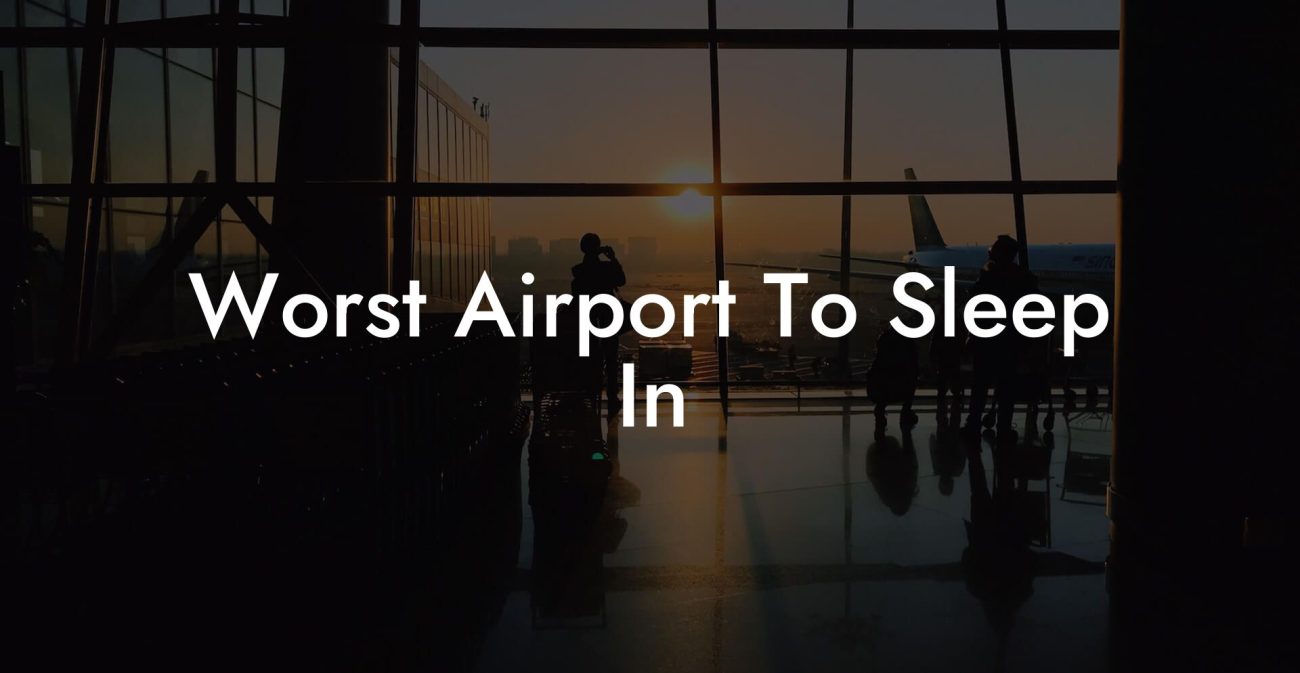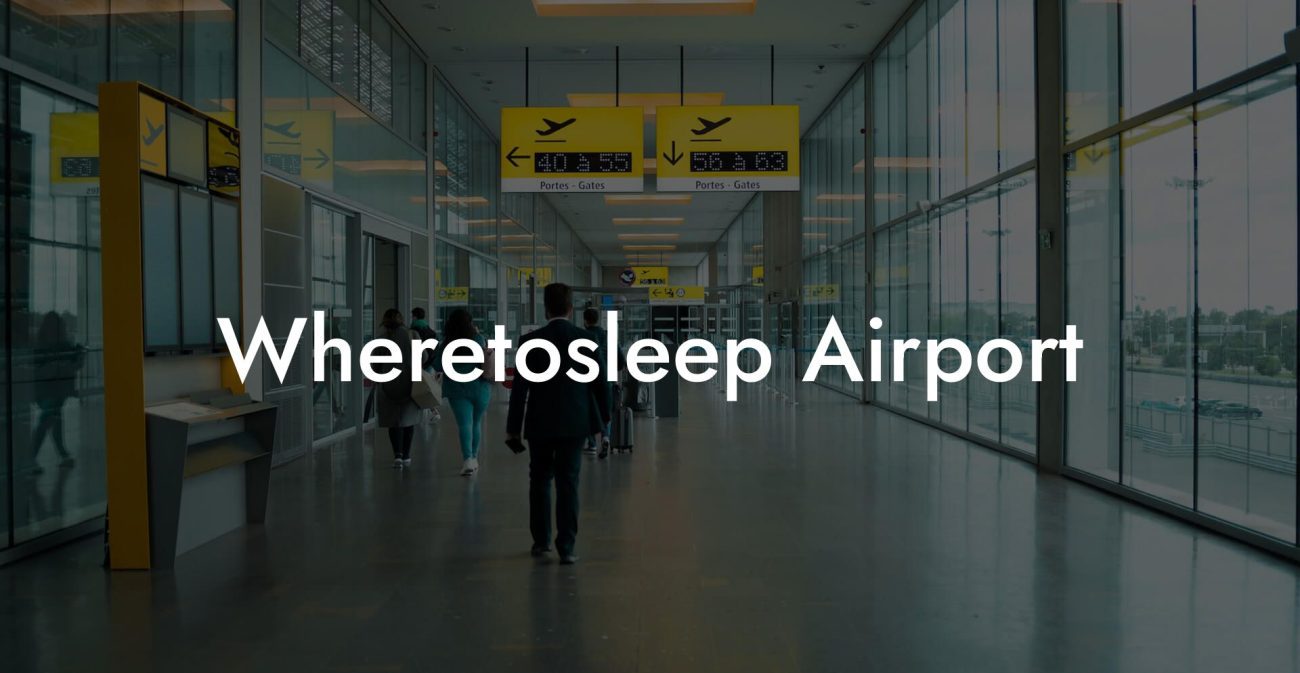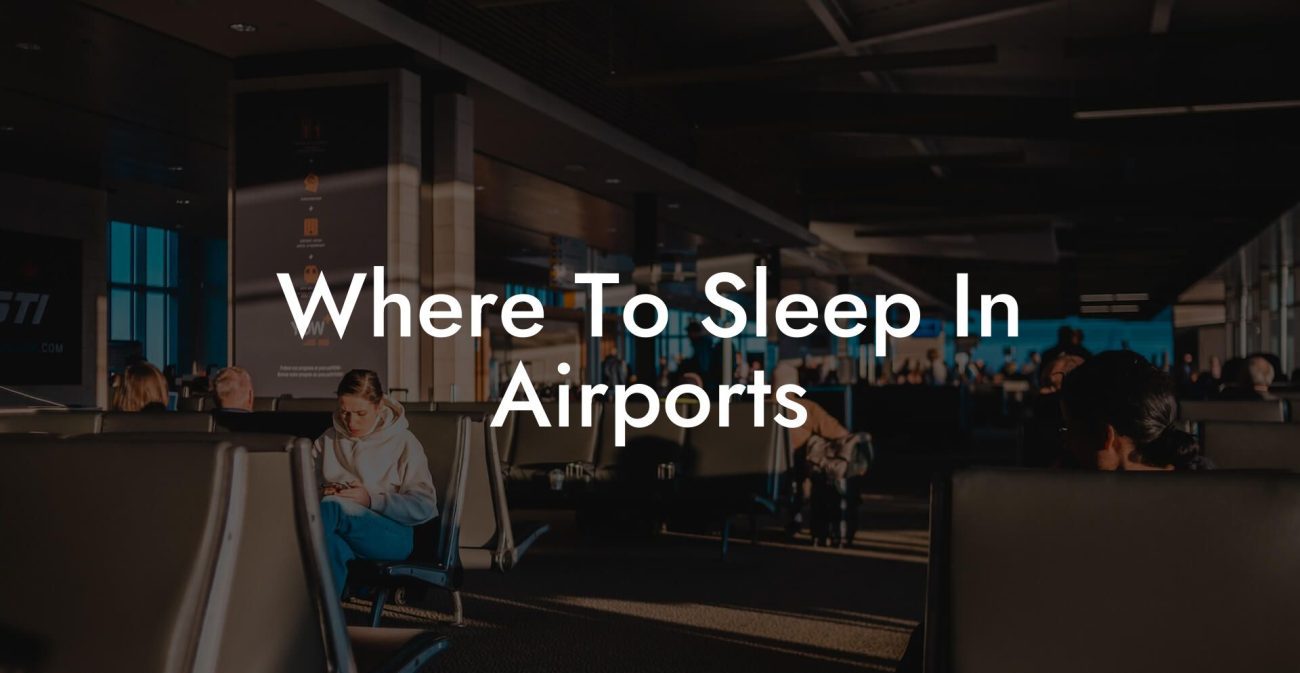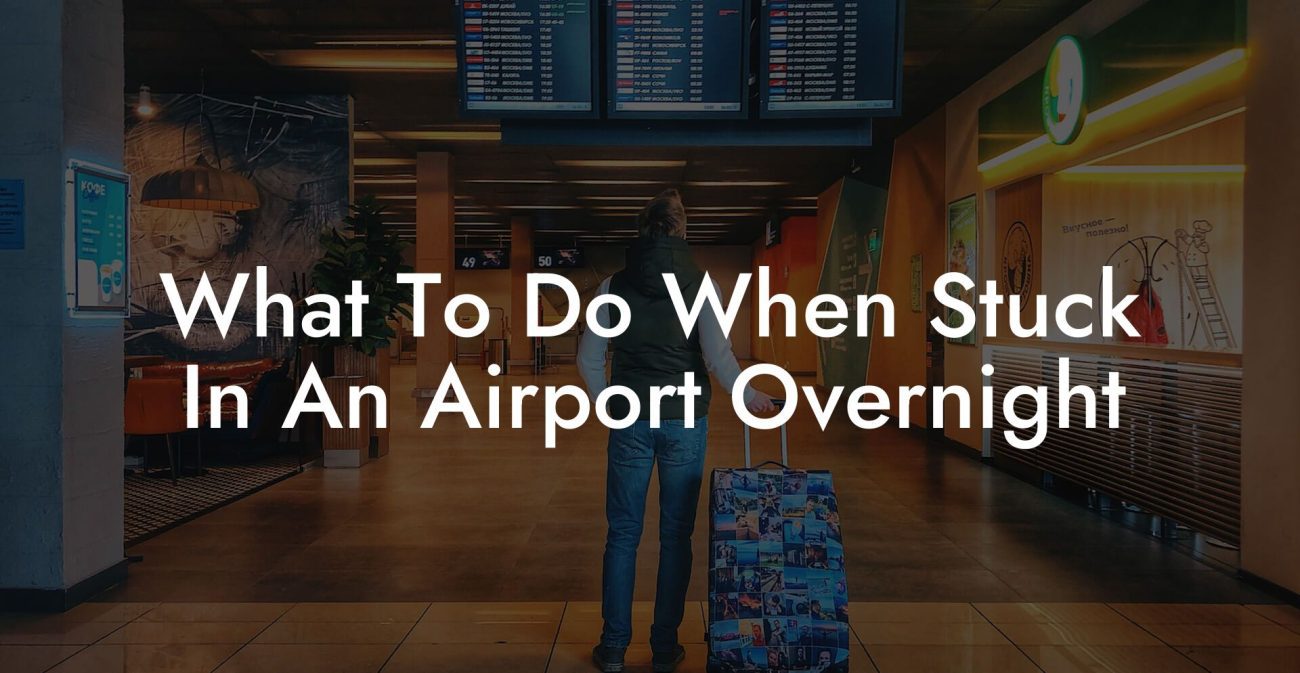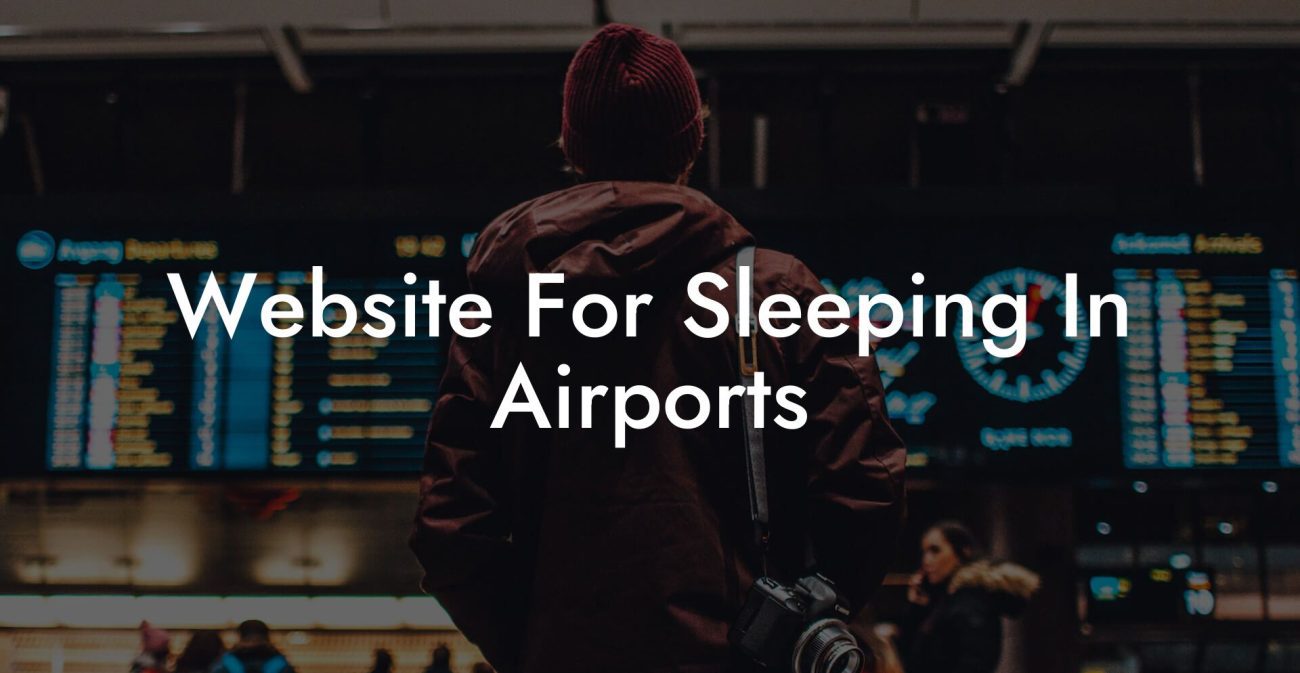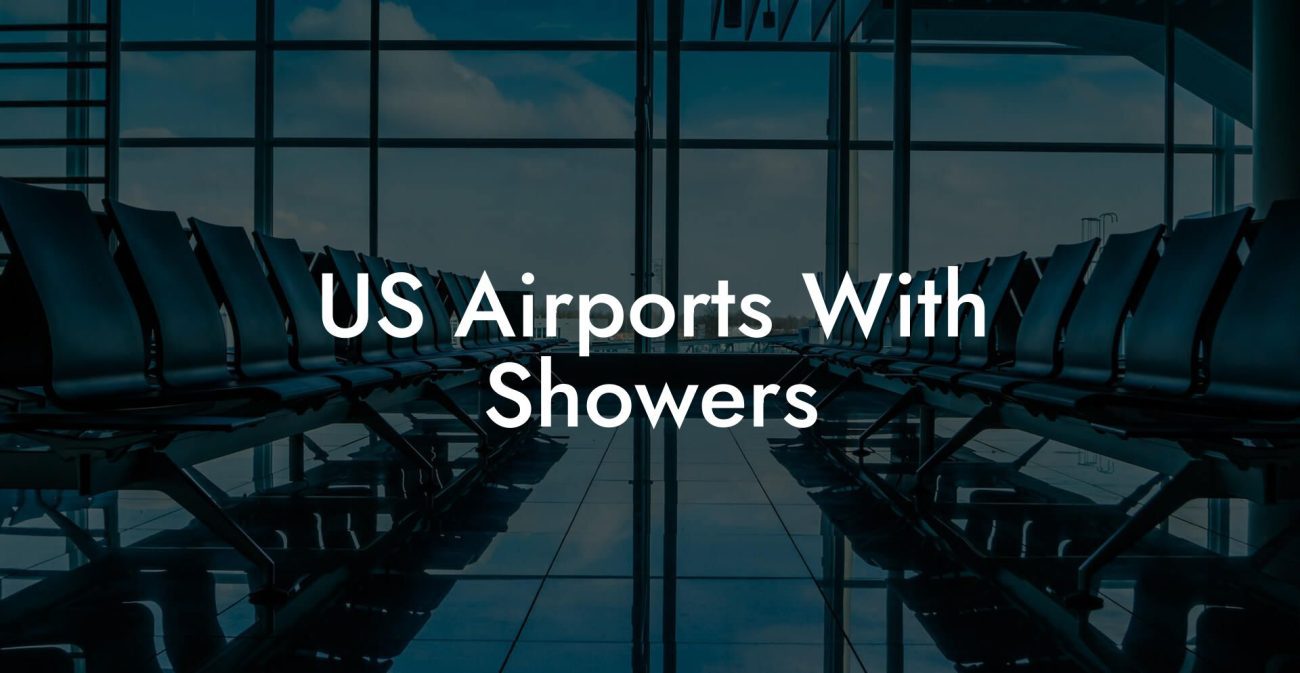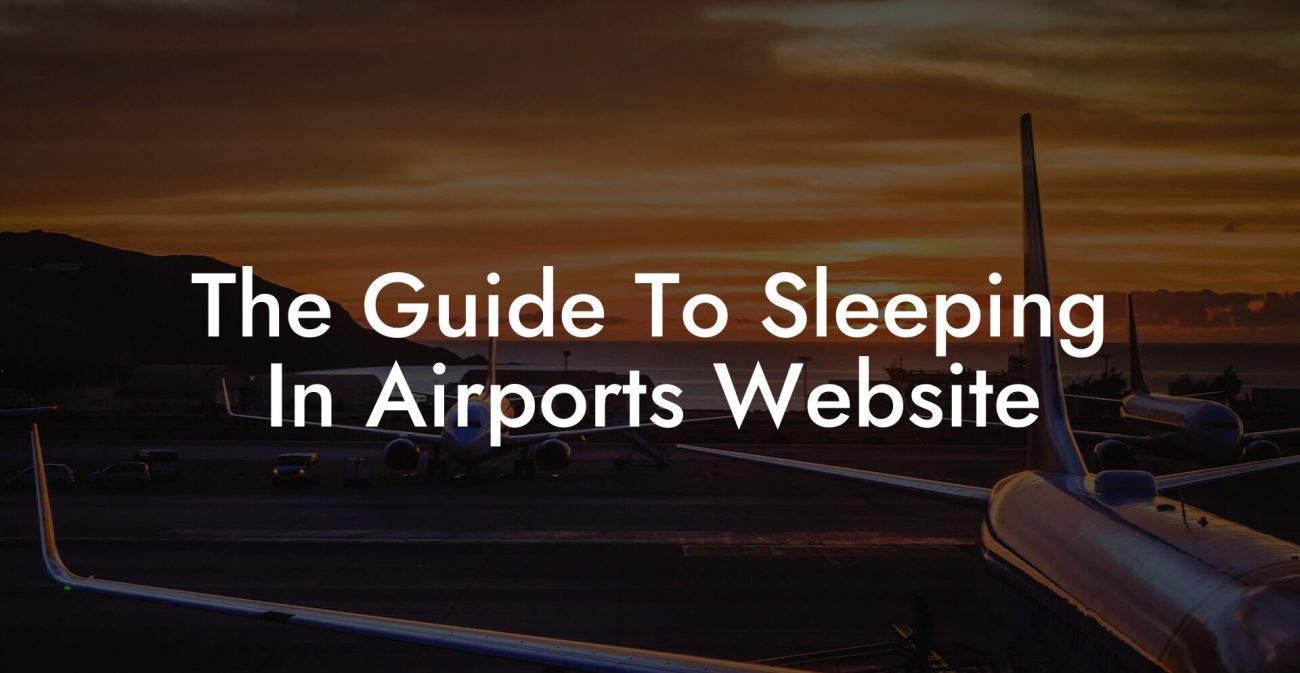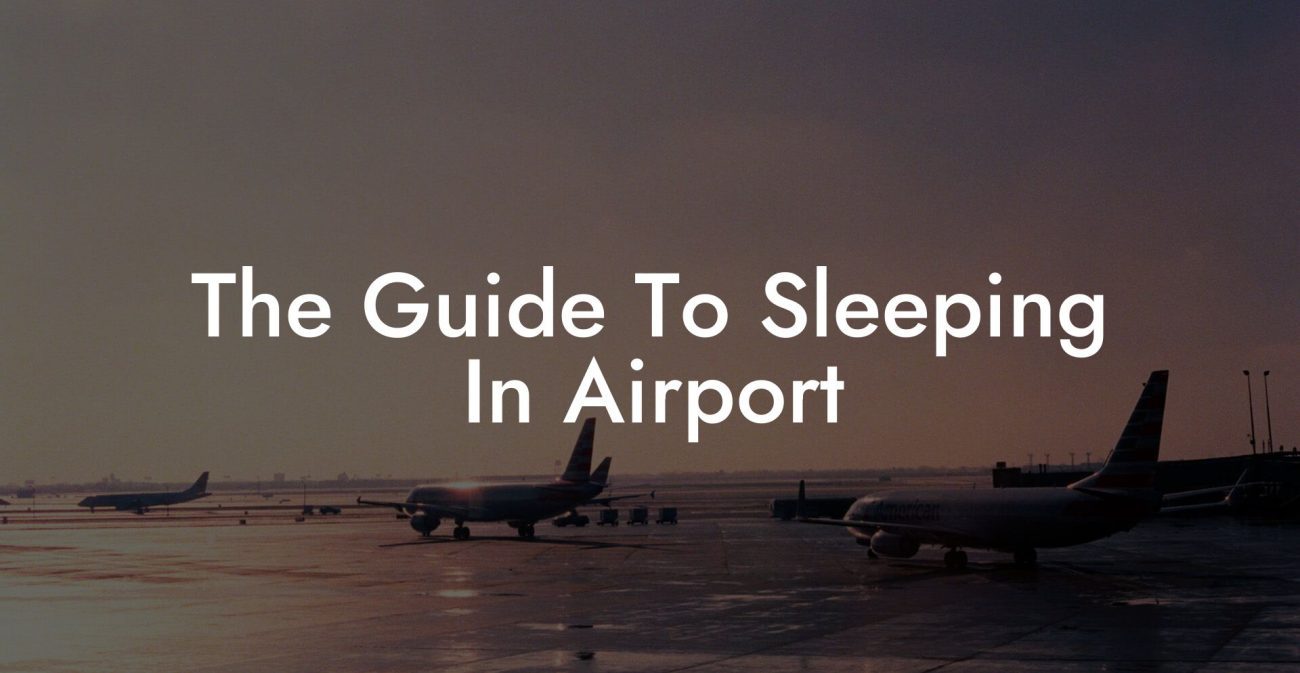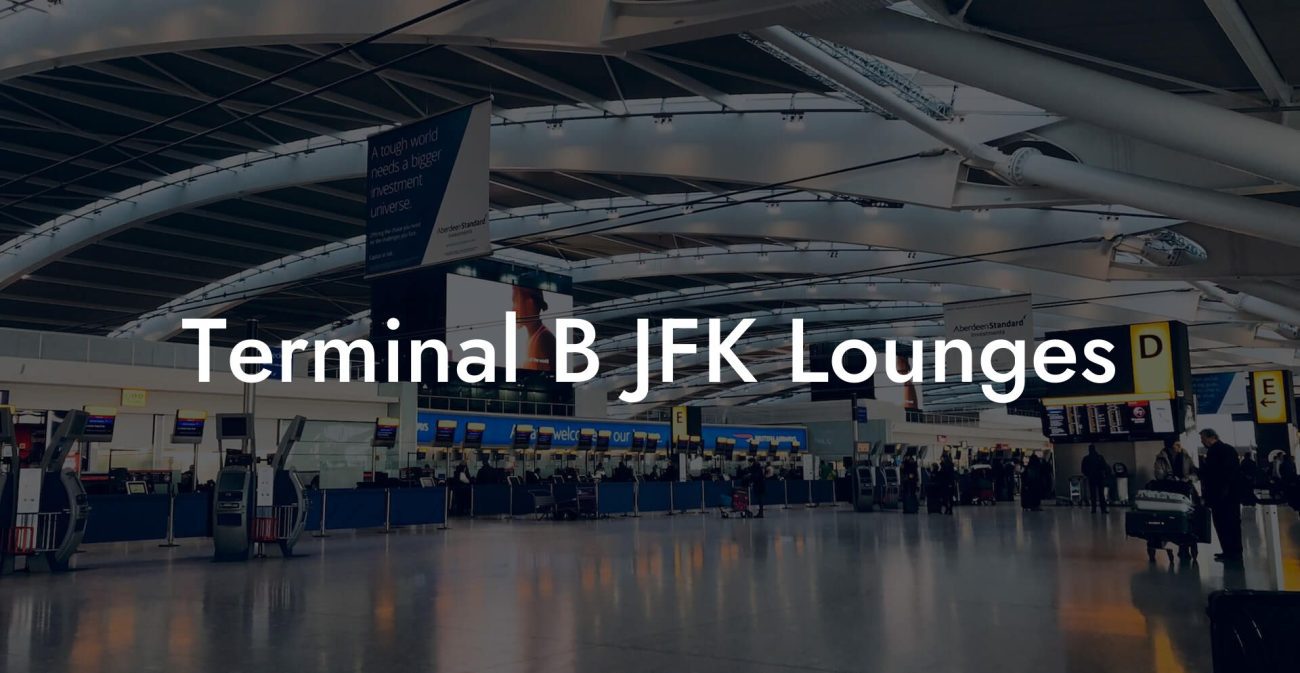Traveling can be both exciting and exhausting. Between the joys of discovering new places and cultures, there are long layovers, overcrowded terminals, and uncomfortable airport chairs. Many of us have experienced the agony of trying to catch a few hours of sleep on a cold, hard floor, while dreaming of comfortable places to rest. Say goodbye to that nightmare! Our blog, Airport Sleeping Pods, is dedicated to helping you find the best airport sleeping pods, hotels and accomodations, with complete guides to help you have a pleasant journey.
On Airports Table of Contents
Airport sleeping pods and their rise in popularity
Some popular airport sleeping pod options
Real-life example: Catching a nap at London Heathrow Airport
Airport sleeping pods and their rise in popularity
Gone are the days where you have to rely on catching a few Z’s on your suitcase or a lumpy airport chair. Travelers now have innovative airport sleeping pod options to choose from, some even resembling futuristic capsules. These cozy spaces often come equipped with Wi-Fi, USB charging ports, reading lights, and other amenities that make layovers feel more like a tiny vacation. As demand increases, more airports across the globe are embracing this trend and providing both passengers and workers with accessible and affordable sleeping accommodations.
Some popular airport sleeping pod options
1. GoSleep Pods: Already popular in airports such as Helsinki, Dubai, and Abu Dhabi, GoSleep pods provide privacy, comfort, and security for weary travelers. These Finnish-designed pods have adjustable seats that turn into a flat bed and a retractable shade for added privacy. Prices range from $12 to $25 per hour, offering a budget-friendly alternative to traditional airport hotels.
2. NapCabs: Currently found in Germany’s Munich Airport, NapCabs are stylish sleeping cabins complete with a bed, desk, and multimedia touchscreen. Travelers can rest, work, and entertain themselves while waiting for their flights. NapCabs can be reserved in advance or on-the-go, with prices averaging at €15 ($18) per hour.
3. Sleepbox: Featured in airports such as Moscow and Washington D.C., Sleepbox offers compact, private sleeping spaces inside the terminal. These modern wooden cabins are equipped with mood lighting, air conditioning, and a soft bed. Prices vary, but a two-hour stay typically costs around $50.
4. YotelAir: Located in airports like London Heathrow and Singapore Changi, YotelAir provides travelers with private hotel rooms inside the terminal. The futuristic-looking cabins come with convertible beds, en-suite bathrooms, and flat-screen TVs. Prices start from £40 ($53) for a four-hour stay.
Real-life example: Catching a nap at London Heathrow Airport
Imagine you’ve just landed in London Heathrow after a red-eye flight from New York City, and you have a six-hour layover before your flight to Paris. Exhausted and in desperate need of a power nap, you decide to try YotelAir, conveniently located in Terminal 4. You book a four-hour stay for £40, take a refreshing shower in the en-suite bathroom, and enjoy a comfortable nap with the peace of mind that you’re just steps away from your boarding gate. As a result, you can embark on the next leg of your journey feeling fully recharged.
Frequently Asked Questions
What should I do if my flight is cancelled?
If your flight is canceled, immediately contact the airline for information about rebooking or refunds. Most airlines will offer a rebooking service for the next available flight, often at no additional charge. Review the airline’s policy regarding accommodations and meal vouchers in case of overnight delays. Keep records of your communication and expenses as they may be reimbursable.
How early should I arrive at the airport before my flight?
For domestic flights, it is generally recommended to arrive at the airport at least 2 hours before the scheduled departure. For international flights, arriving 3 hours early is advisable. Check with your specific airline as they may have different recommendations, especially during peak travel seasons or if additional travel documentation is needed.
What items are prohibited in my carry-on luggage?
The list of prohibited items in carry-on luggage includes but is not limited to, weapons, sharp objects, flammable items, and certain chemicals. Check the Transportation Security Administration (TSA) website or your local airport security’s website for the most current restrictions. When in doubt, place the item in your checked baggage or leave it at home.
What is the liquid limit for carry-on luggage?
Under the TSA’s 3-1-1 rule, you can bring liquids in containers of 3.4 ounces (100 milliliters) or less, per item, placed in a single, quart-sized, transparent, resealable plastic bag. Only one such bag is allowed per passenger. Medically necessary liquids and baby food are exempt but may require additional screening.
How do I navigate through a large airport?
To navigate through a large airport, review the airport map online beforehand or use airport directories located throughout the facilities. Many airports also have mobile apps with interactive maps and flight information. Always look for information desks for personal assistance, and don’t hesitate to ask airport staff for help.
What assistance is available for travelers with disabilities?
Travelers with disabilities can request assistance when booking their flight or by contacting the airport ahead of time. Services often include wheelchair access, transport through the airport, priority boarding, and assistance with security and customs. Additionally, most airports have dedicated facilities such as accessible restrooms and relief areas for service animals.
What are the common customs and immigration procedures at international airports?
Customs and immigration procedures usually involve presenting your travel documents, including passport and visas if required, completing any necessary customs declaration forms, and sometimes undergoing an interview with an immigration officer. Your luggage may also be inspected. Ensure all your documents are in order, and be honest and clear in your communication with the officers.
Can I bring food through airport security?
Yes, you can often bring food through airport security, but it must comply with the guidelines for liquids and gels if applicable. Any unpackaged items may be subject to additional screening. It’s best to bring items that are non-perishable and well-packaged to avoid any potential issues.
What are the sleeping facilities like at airports?
Sleeping facilities vary greatly by airport. Some offer designated resting areas with reclining chairs or sleep pods, while others may have nearby airport hotels or quiet zones. Research the airport’s amenities beforehand, and always keep your belongings secure, especially when sleeping in public areas.
What should I do if I lose my baggage?
If you lose your baggage, report it immediately to the airport baggage service office or your airline’s service desk. Provide detailed descriptions of your baggage and any distinctive features. Keep your flight information and baggage claim ticket, as you will need these details for the lost luggage form. Follow up regularly with the airline until your baggage is located.
How can I stay connected at the airport?
Most airports offer free Wi-Fi, allowing you to stay connected. Look for network names posted in the terminal or ask at an information desk. Charging stations and business centers are often available for travelers needing to connect to power sources or utilize computer and printing services.
What are duty-free shops, and how do they work?
Duty-free shops are retail outlets at airports that sell goods without certain local or national taxes and duties. They are typically located in international terminals beyond security checkpoints. To purchase duty-free items, you must present a valid boarding pass showing international travel. Note that there may be restrictions on how much you can buy or bring into your destination country.
How do I deal with a long layover?
For a long layover, consider exploring the airport’s amenities such as lounges, shops, or restaurants. Some airports also offer guided tours, art exhibits, or even short trips to the city center if time allows. Ensure you are back in the terminal with plenty of time before your connecting flight.
Are there services for families traveling with children?
Many airports provide services such as family lanes at security for a more streamlined process, play areas for children, and changing facilities. Some airlines offer pre-boarding for families to help settle in without the rush. Check the airport’s website for specific family services.
What is the best way to pass security checks quickly?
To pass security checks quickly, have your ID and boarding pass ready, remove all metal items and electronics larger than a cell phone from your carry-on, and place liquids separately in a plastic bag. Wear shoes that are easy to take off and put back on, and follow all instructions given by security staff promptly.
What if I have medication that I need to take onboard?
You are allowed to take necessary medications onboard, but it is recommended to have them in original packaging with a prescription label. Inform security personnel about any liquid medications exceeding the standard limit, and be ready for additional screening if required.
How do I transport my pet through an airport?
Transporting your pet through an airport requires prior planning. Contact your airline to understand the specific policies, as they vary widely. Most airlines require pets to be in an approved carrier, and you’ll need to check whether they can fly in the cabin with you or must travel in the cargo hold. You’ll also need to provide proof of vaccinations and comply with the destination’s pet entry regulations.
What facilities are available for business travelers at airports?
Airports cater to business travelers with amenities like airport lounges offering Wi-Fi, food, and quiet spaces to work or relax. Business centers with printing, scanning, and other office services are also common. Some airlines and credit card companies may offer complimentary or paid lounge access.
Can I leave the airport during a layover?
If your layover is long enough and local regulations permit, you may leave the airport to explore the nearby city. Ensure you account for travel time, potential traffic delays, and security re-entry. Verify visa or entry requirements to avoid any issues upon your attempt to return to the airport for your onward flight.
What currency is accepted at international airports?
Most international airports accept the local currency and often major foreign currencies. Credit cards are widely accepted in shops, restaurants, and service counters. Currency exchange kiosks are also available, but it’s worth noting that their rates may not be as favorable as those found in the city.
What should I be aware of with airport security and privacy?
Be aware that airport security has the right to examine your luggage and electronic devices. Maintain a courteous demeanor and follow instructions given by security staff. Remember that some countries may require additional security measures, so familiarize yourself with the local laws and regulations regarding privacy and security.
Engaging outro
That’s just one example of how airport sleeping pods and accommodations can make a significant difference in your traveling experience. Tell us about your airport sleeping pod experiences in the comments, and share this post if you found it helpful. Visit our Airport Sleeping Pods blog for more comprehensive guides to help you navigate the world of airport sleepovers. Travel smart and rest well on your journey!


